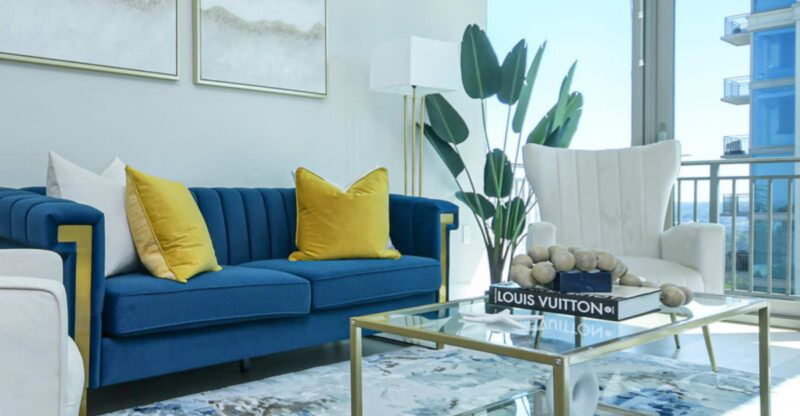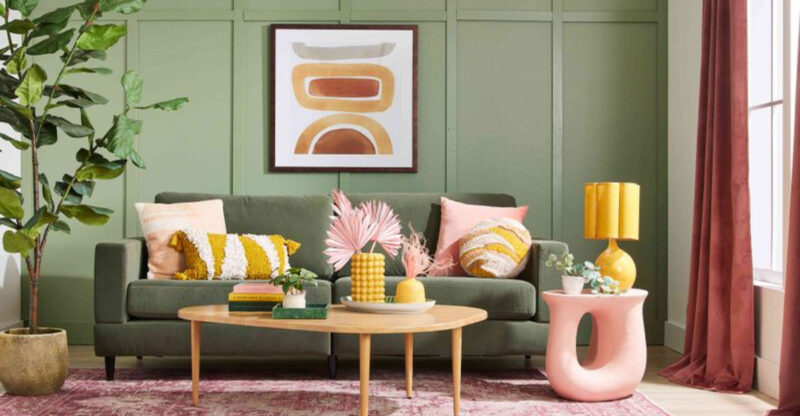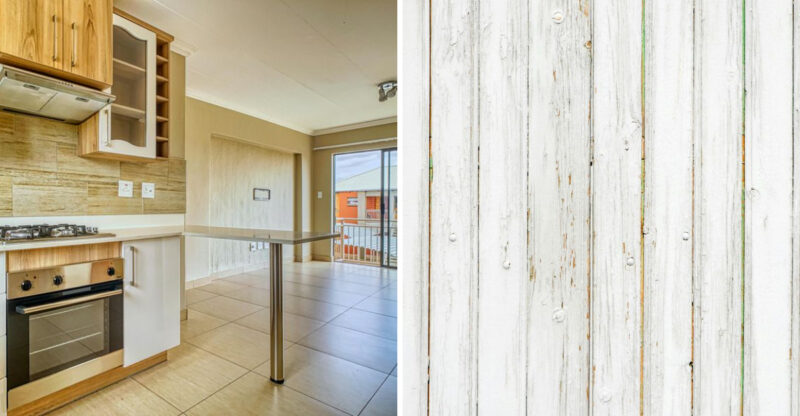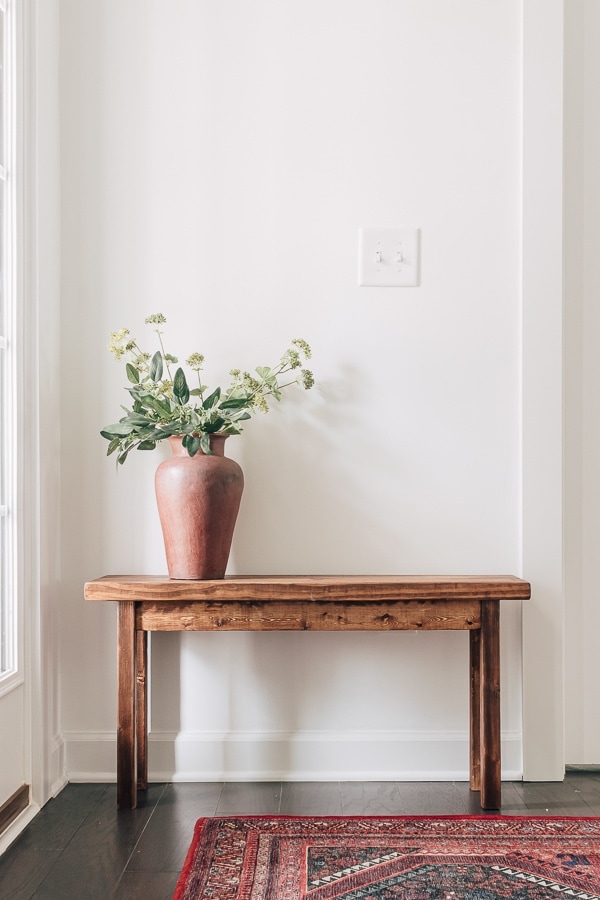12 Things To Keep Out Of Your Living Room, According To Designers
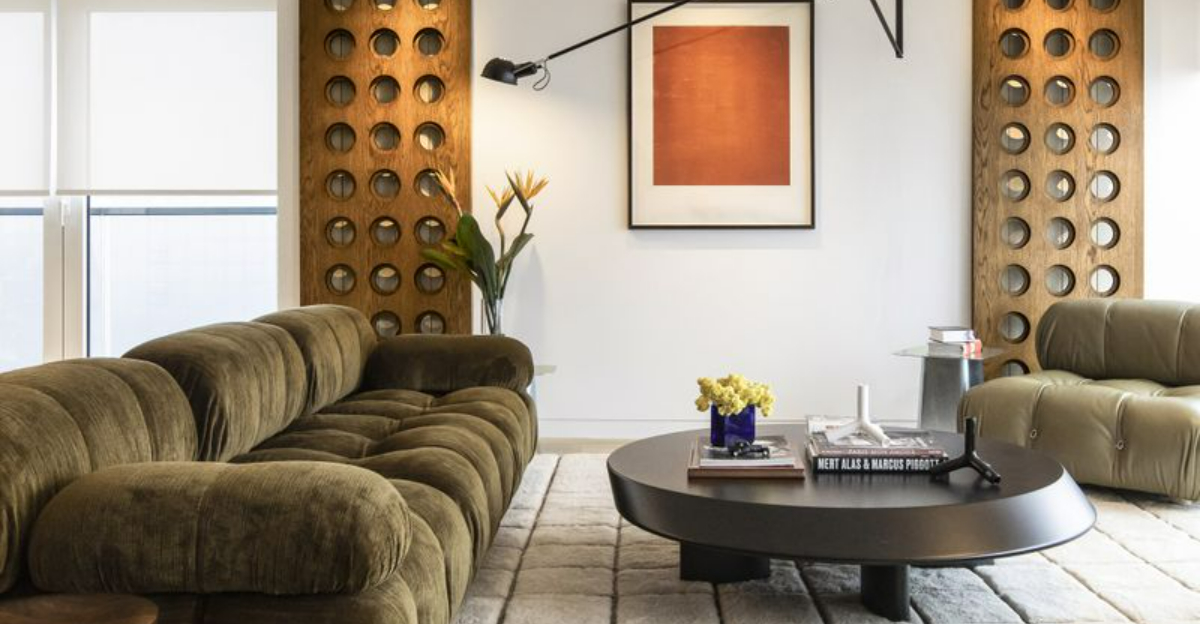
Your living room is often the heart of your home, where family gathers and guests first form impressions. But some items can make this space feel cluttered, outdated, or just plain uncomfortable.
I’ve gathered advice from top designers about what should be banished from your living area to create a more stylish, functional space that truly feels like home.
1. Bulky Exercise Equipment
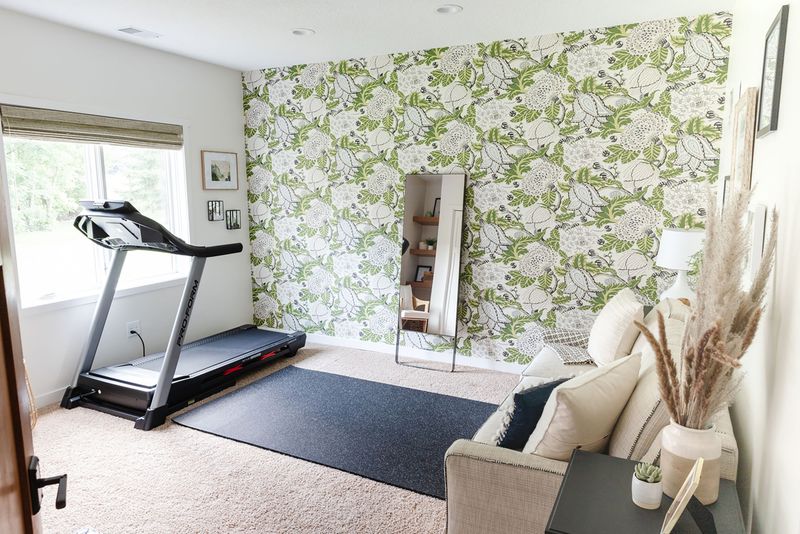
Treadmills and exercise bikes eat up precious floor space and disrupt the relaxing vibe you want in a living room. They collect dust when unused and create visual tension with your decor scheme.
Consider creating a dedicated workout corner elsewhere in your home, even if it’s just a small nook in your bedroom or spare room. Your living space will immediately feel more organized and intentional without these bulky machines.
2. Mismatched Storage Bins
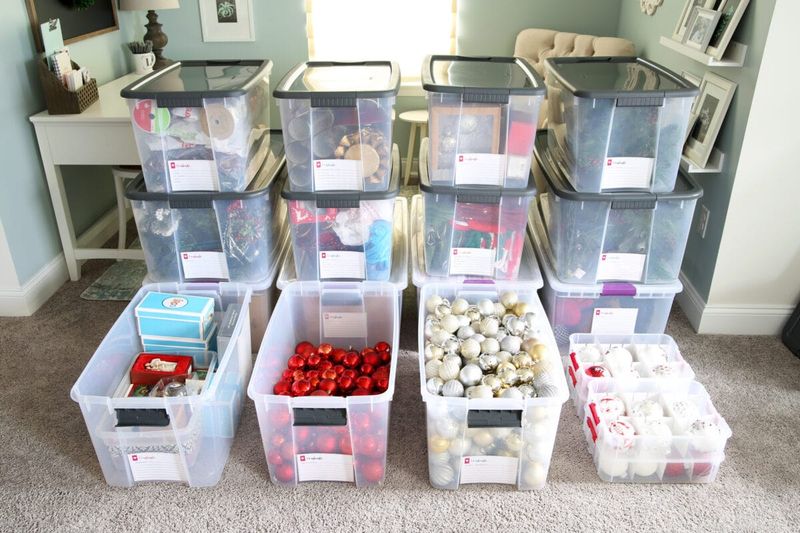
Random plastic containers, cardboard boxes, and colorful bins from different sets create visual chaos. Your brain registers each different container as a separate item to process, making the room feel more cluttered than it actually is.
Invest in a cohesive storage system with bins that match your decor. When storage solutions blend with your design scheme, they become nearly invisible to the eye while still keeping your items organized.
3. Excessive Throw Pillows
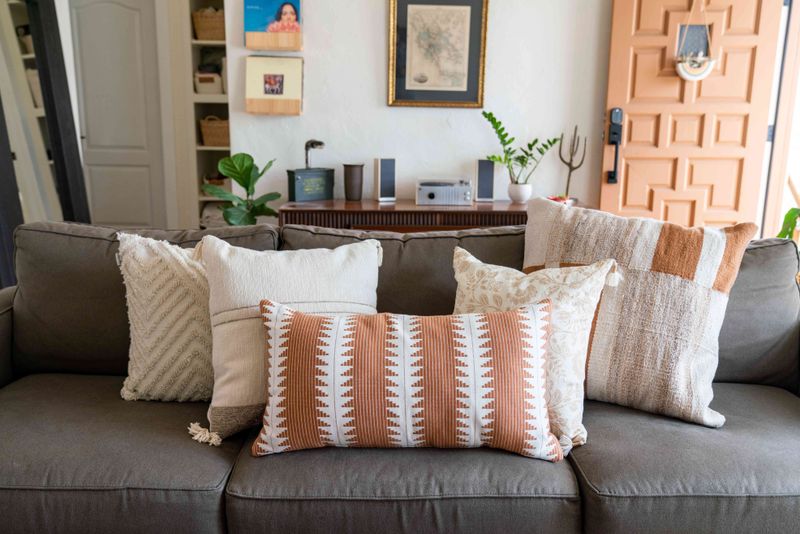
Having too many decorative pillows transforms your couch from a comfortable seating option into an overcrowded display shelf. Guests won’t know where to sit without disrupting your careful arrangement. Stick to 3-5 quality pillows that complement each other without overwhelming the space.
This creates visual interest while maintaining functionality. Remember that negative space is just as important as decorative elements in creating a balanced, inviting room.
4. Outdated Media Centers
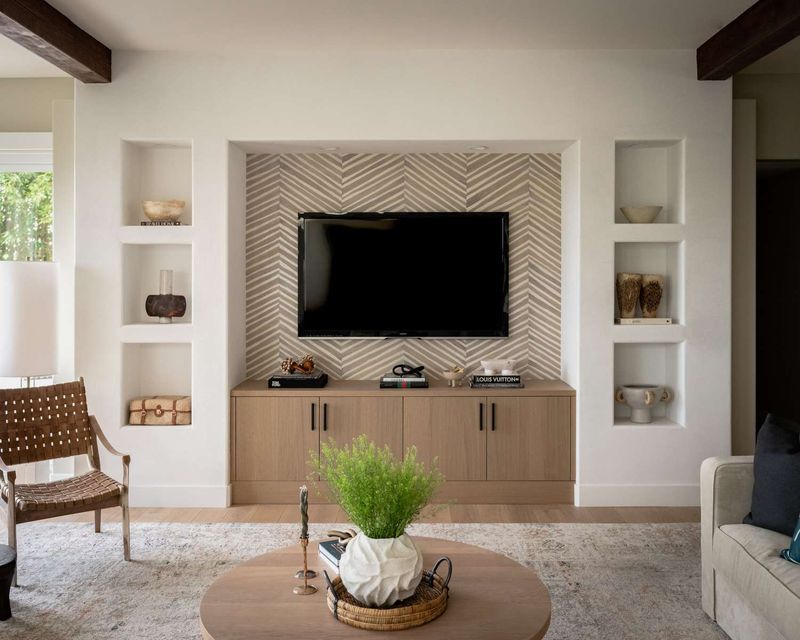
Those massive entertainment centers designed for bulky TVs from the 1990s date your space instantly. They dominate the room visually and often have awkward proportions for modern flat-screen televisions.
Modern media solutions like wall-mounted TVs with floating shelves create a cleaner look. If you need storage, opt for sleek, low-profile consoles that don’t overwhelm the space. This simple change can make your living room look ten years younger.
5. Exposed Cords and Cables
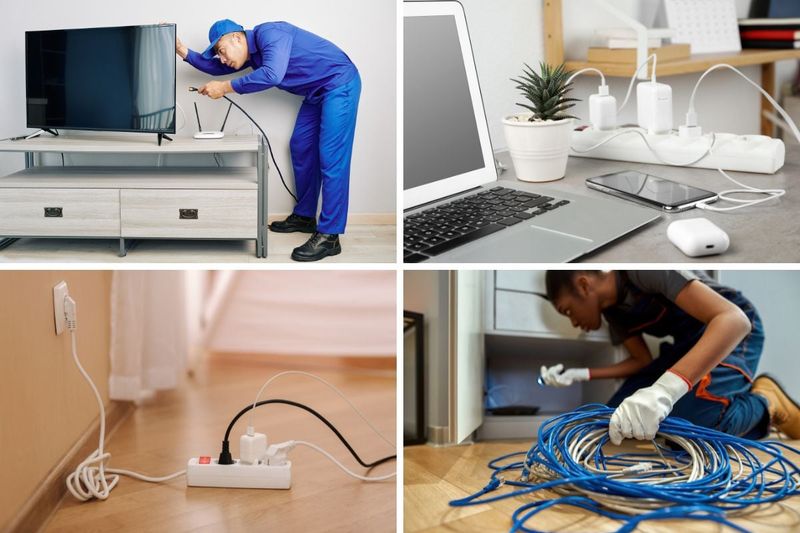
Tangled messes of black wires snaking across your floor or hanging down walls create visual chaos. They collect dust, look unprofessional, and can even pose tripping hazards for children and pets.
Cable management solutions like cord covers, cable clips, and strategic furniture placement can hide these eyesores. For a truly polished look, consider hiring an electrician to install outlets in more convenient locations or add built-in charging stations to your furniture.
6. Fake Plants That Collect Dust
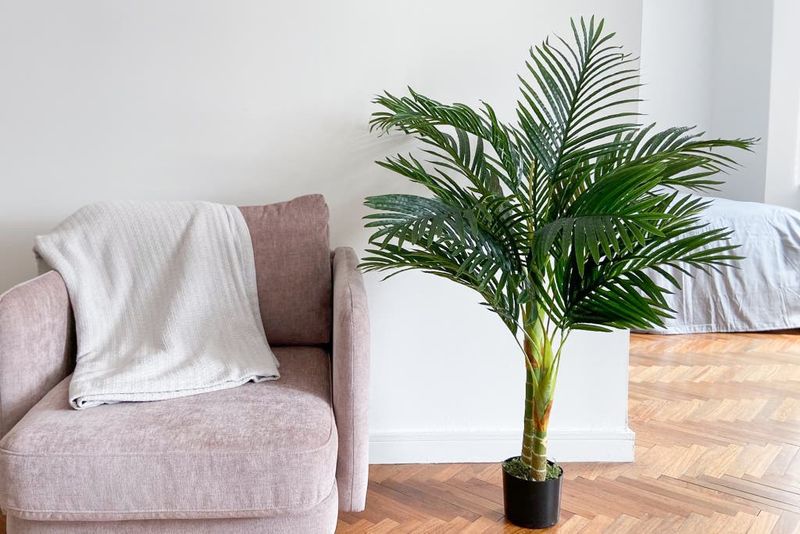
Artificial greenery might seem like a low-maintenance alternative to real plants, but cheap silk versions quickly become dust magnets. They turn from decorative to dingy in no time, especially in rooms with natural light.
If you don’t have a green thumb, opt for high-quality faux plants or low-maintenance live options like snake plants or ZZ plants. These hardy specimens survive with minimal care while purifying your air and bringing genuine life into your space.
7. Oversized Furniture For Your Space
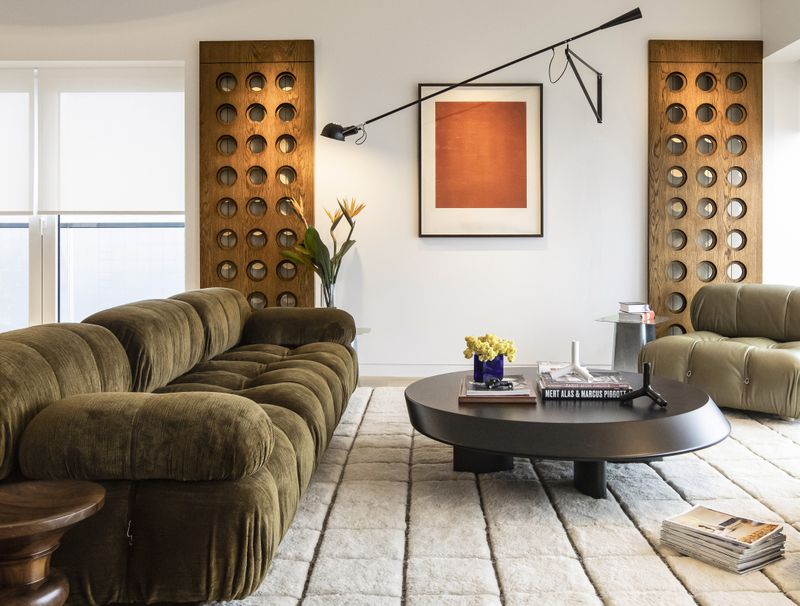
That massive sectional might have looked perfect in the showroom, but in your actual living room, it’s swallowing all available space. Furniture that’s too large for your room creates awkward traffic patterns and makes the space feel cramped.
Measure your room before shopping and leave at least 30 inches for walkways. Properly scaled furniture creates balance and allows people to move freely. Your room will instantly feel more spacious with appropriately sized pieces.
8. Cluttered Bookshelves
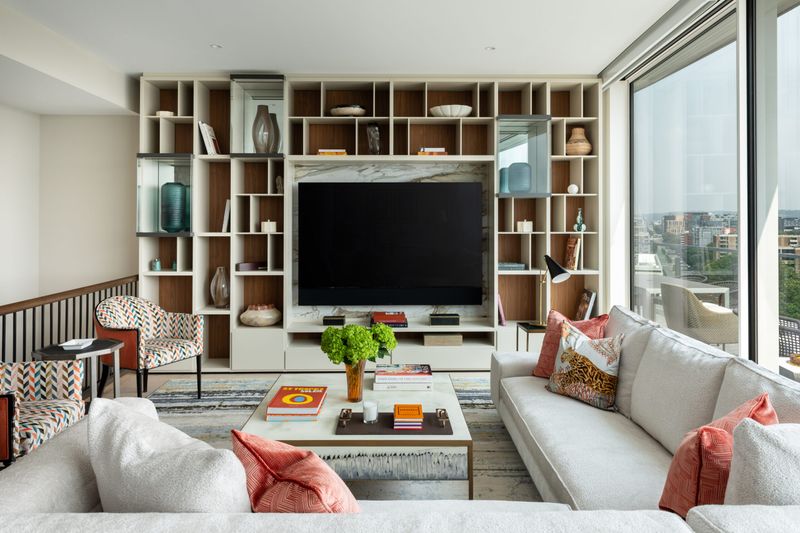
Cramming every available inch of shelf space with books, trinkets and photos creates visual noise. When everything is displayed, nothing stands out as special or meaningful. Try the designer’s rule: display books in small groupings with some arranged vertically, others horizontally.
Leave empty space between collections and limit decorative objects to a few statement pieces. This curated approach gives your eye places to rest and highlights your favorite items.
9. Unframed Posters
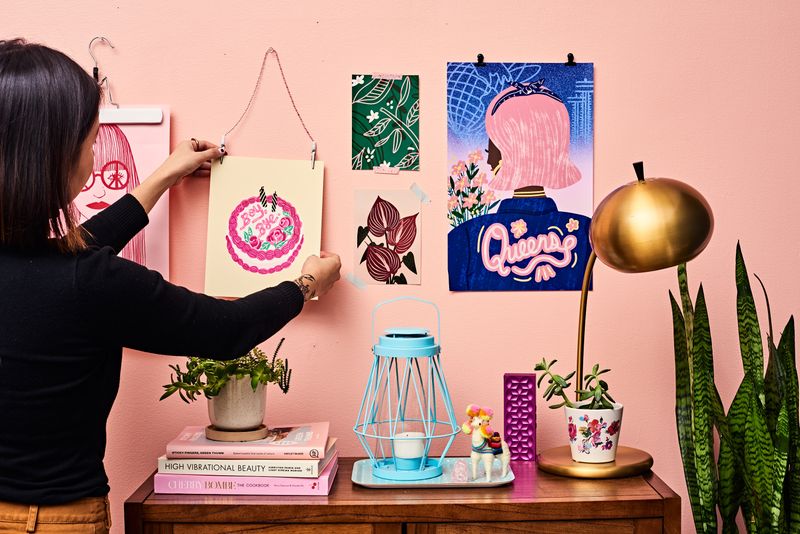
College-style decorating with thumbtacked posters or unframed art makes even the nicest living room look like a dorm room. These casual hanging methods suggest temporariness rather than thoughtful design choices.
Custom framing can be expensive, but affordable options exist at craft stores and online retailers. Even inexpensive frames instantly elevate your art and show you value what you display. This simple upgrade signals that you’re an adult with a curated home.
10. Visible Pet Accessories
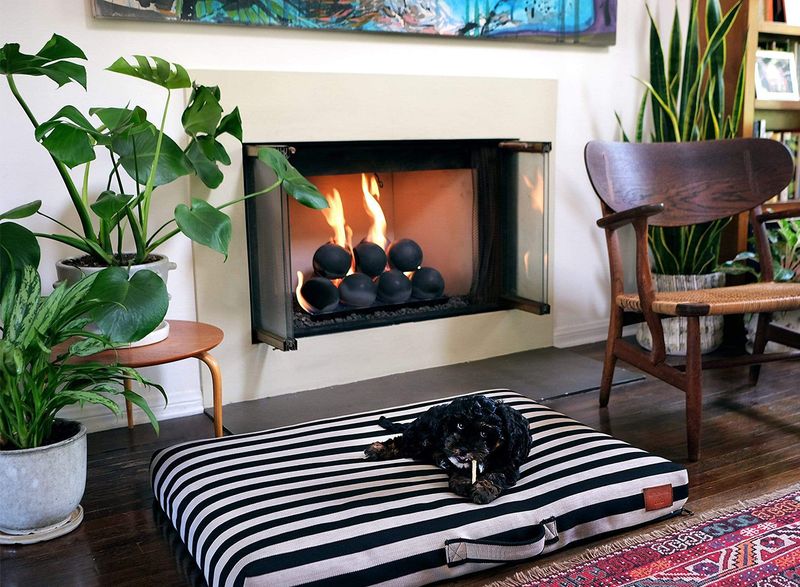
We love our furry friends, but their beds, toys, and feeding stations can disrupt your carefully designed living space. Bright plastic bowls and fuzzy beds rarely complement your color scheme or design aesthetic.
Look for pet accessories that blend with your decor wicker baskets for toys, stylish ceramic food bowls, or beds in fabrics that coordinate with your furniture. Many companies now make design-conscious pet products that serve their purpose while looking intentional in your space.
11. Too Many Small Decorative Items
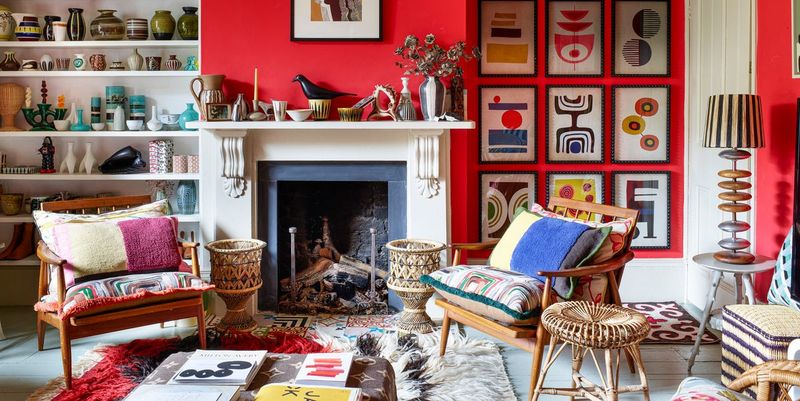
Collections of tiny figurines, souvenir trinkets, and small decorative objects create visual clutter on every surface. These miniature items get lost visually and end up looking like dust-collecting knickknacks rather than intentional decor.
Choose fewer, larger statement pieces instead. A single substantial vase or sculpture makes more impact than a dozen tiny objects. If you love your collections, rotate them seasonally or display them together in a cabinet where they can be appreciated as a cohesive group.
12. Ceiling-Mounted Projector Screens
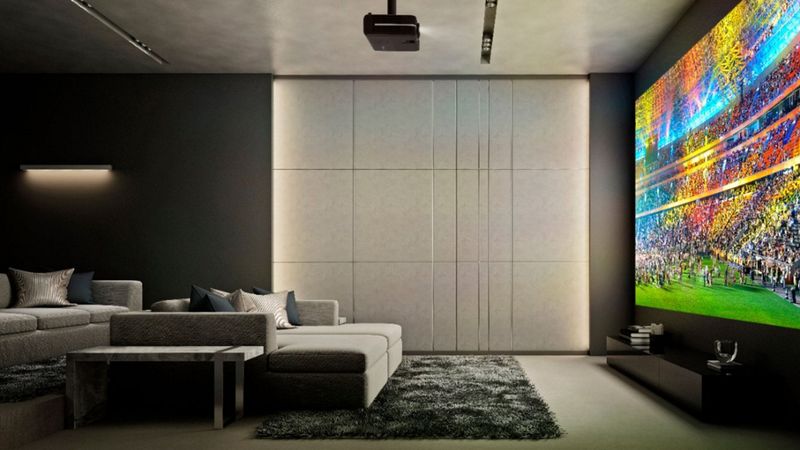
While home theaters are wonderful, permanent projector screens hanging from living room ceilings look institutional rather than homey. These utilitarian items disrupt ceiling lines and draw attention to technology rather than design.
Modern alternatives include projectors that display on blank walls or retractable screens that disappear when not in use. Some smart TVs even offer art modes that display paintings when turned off. These solutions maintain your room’s aesthetic while still allowing for movie nights.

